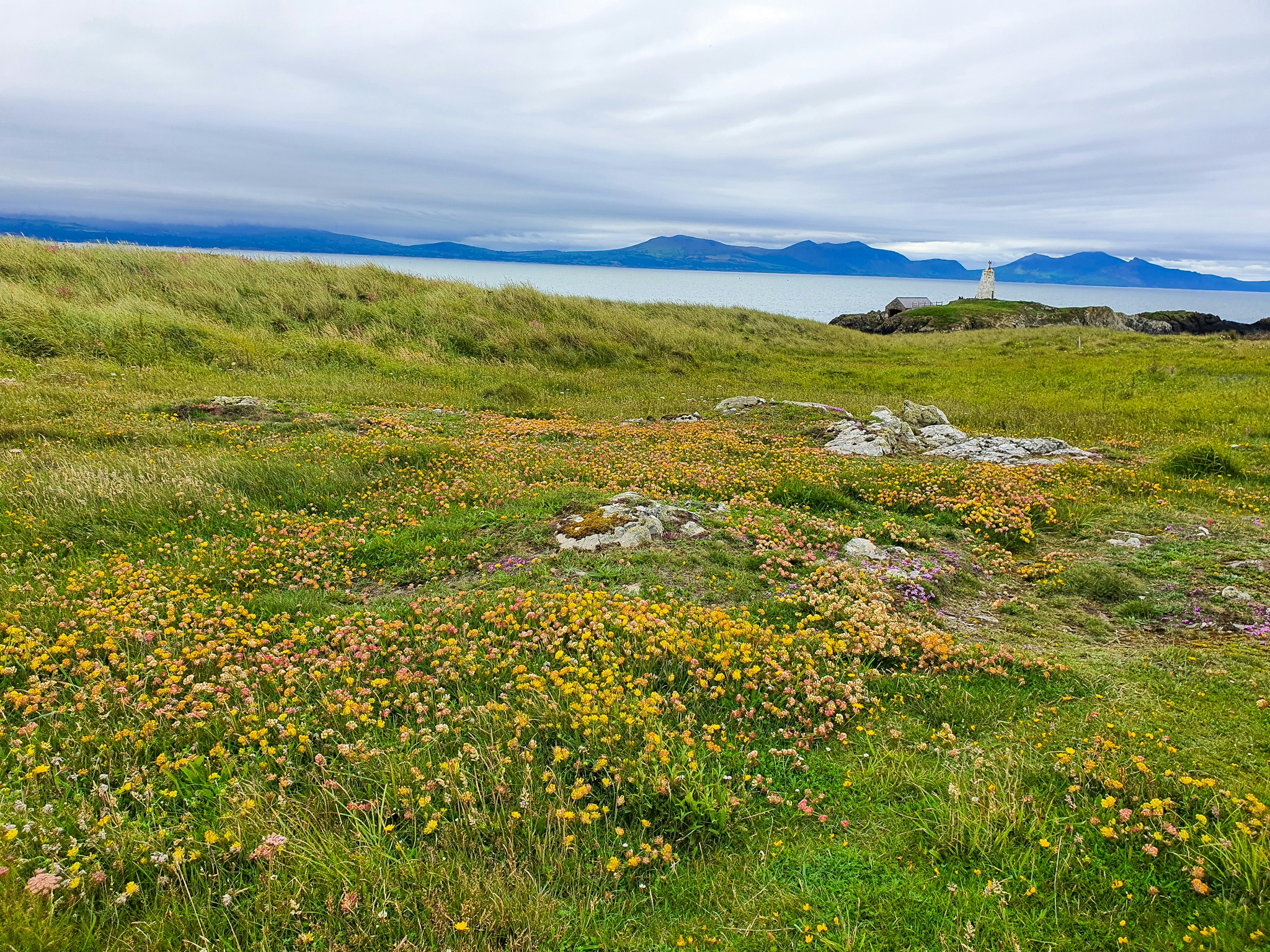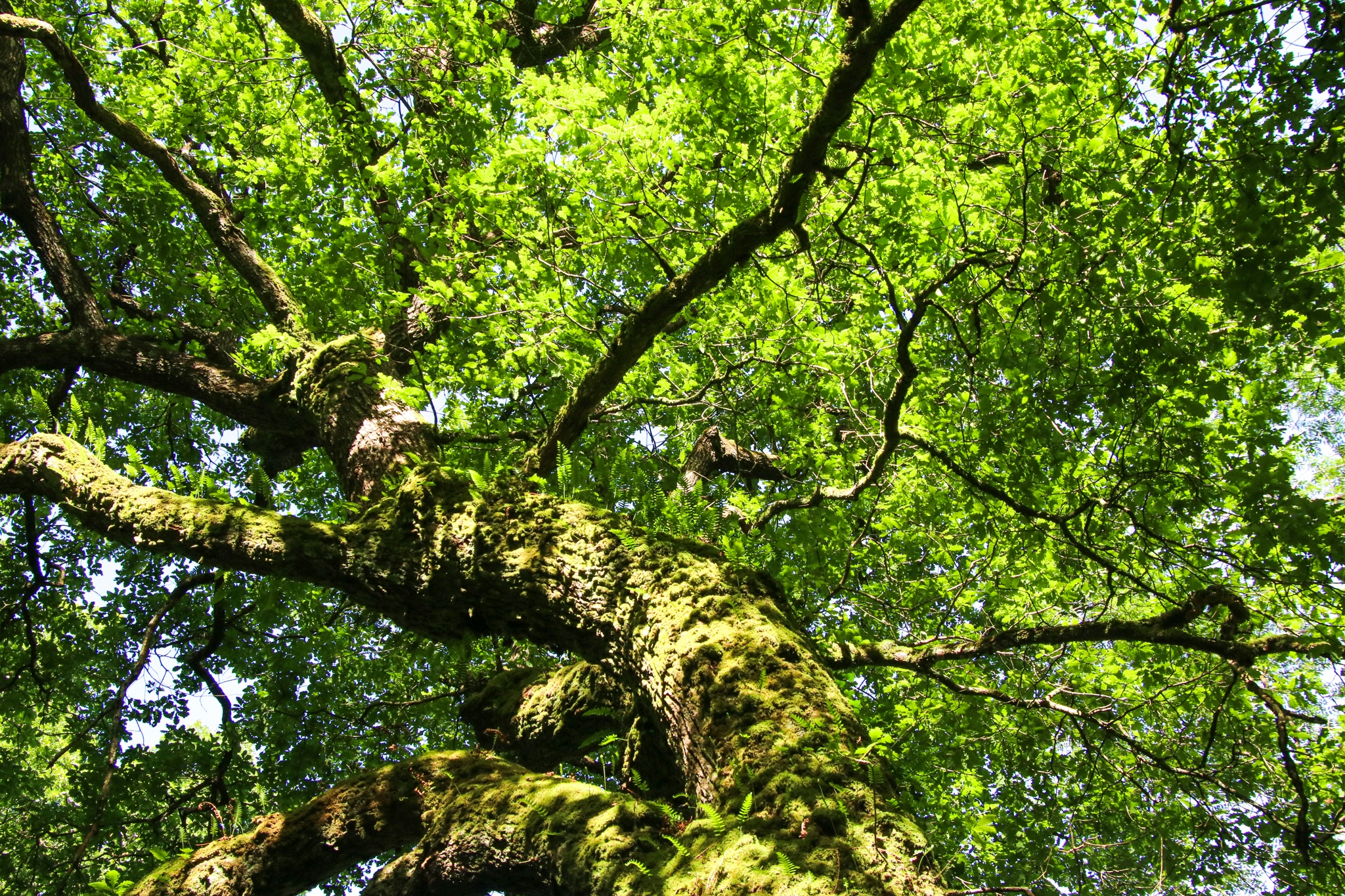WHY NATURE IS A MINDFULNESS GAME CHANGER

Mindfulness is something of a buzzword at the moment. Whether you’re already committed to practicing mindfulness whenever you can, or whether it’s just a word you’ve heard in passing during a corporate wellbeing seminar, it’s something that’s becoming more important (and difficult to obtain) in our increasingly busy, digital world.
WHAT IS MINDFULNESS?
This question is a bit like asking people what love means – everyone will give you different, but special, answers.
To some people, practicing mindfulness means meditating in silence, concentrating on letting thoughts pass by like clouds in a wide blue sky – not focusing on any one thought, and trying to avoid thoughts or worries entering your conscious mind. It’s a process of emptying-out, of just being.
For me, mindfulness means being present enough that I’m not overwhelmed, unnecessarily stressed or, worse, detached. It’s about appreciating the beauty of the present.
If that still doesn’t click for you, let me give you some examples of when I’m not being mindful. I’m not being mindful when I’m planting seeds in my garden, but I’m barely noticing what I’m doing because I’m worrying about a half-completed essay, or when I’m supposed to be enjoying drinks with a friend, but I’m mentally composing a response to a work email.
Does that sound familiar? If so, you have a lot to gain from practicing mindfulness – whatever that word comes to mean to you.
MINDFULNESS TECHNIQUES
There are endless books on different ways to practice mindfulness – from the silent seated meditation I mentioned earlier to techniques you can build into your everyday activities.
The former doesn’t really work for me, so I focus on integrative techniques. You don’t need to set any time aside, and it’s particularly helpful if you struggle being alone with your thoughts.
One of the most effective mindfulness techniques is naming. You may have heard of this as a way to alleviate anxiety, reduce stress, or ward off panic attacks.
The naming technique – also known as grounding – comes in many forms. It has you naming (out loud or in your head) things around you. You might be told to name five things you can see, four things you can feel, three things you can hear, two things you can smell and one thing you can taste. This ‘54321 technique’ works wonders for many but is a bit too contrived for me – I can rarely find four things to feel or two things to smell, and ironically having a set number of things that I’m supposed to be finding and listing actually makes me feel more anxious or overwhelmed – great, I’ll add listing those 15 things to my to do list along with everything else!
Instead, if I notice I’m not being very present, I feel my mind wandering, or I find myself worrying about what assessments I might have to do five years from now, I just try to notice what’s around me.
Not very ground-breaking, is it? But the best techniques for combatting a feeling that you’re overwhelmed are ones that are so simple and loosely defined that they can’t add to your panic.
This is where nature comes in. Sure, if you know nothing about the natural world, you can still practice this type of mindfulness. Lots of people benefit just from looking around and acknowledging “grass”, “tree”, “puddle”. However, I find the more generalised my naming is, the less good it does in terms of grounding me, involving me in my surroundings, and pulling my mind off whatever ridiculous thing I’m over-thinking about.
What helps more is looking around and thinking “dunnock”, “blackbird”, “willow tree” or, even better, “female willow tree”, “nest-building dunnocks”, “singing female blackbird”.
The more specifically I can identify and describe the things around me, the greater the calming effect.
WHY NATURE HELPS WITH MINDFULNESS
Various studies have shown that connection to the natural world is beneficial for our physical and mental health, and for most of us it’s linked to feelings of calm and happiness.
The natural world is ever-present, she’s omniscient. She was here way before humans were, and she’ll be here long after we’re gone. Her concerns are global, her reach endless, her balance perfect. Despite our efforts to suppress her, our actions that damager her, she is here, nevertheless. She keeps us alive and all beauty in our world – all of it – we owe to her.

The natural world, Llanddwyn Island, Anglesey. Isn't she lovely?
That’s the poetic reason why naming nature can improve your mindfulness. Here’s the unpoetic version: the natural world doesn’t give a toss about that email you need to send next week that you’re unnecessarily stressing about.
Much like looking at the stars, appreciating the natural world around you can help to remind you that, in the grand scheme of things, your to do list isn’t that important. If that sounds demoralising, it isn’t – it frees you.
WHY KNOWING MORE ABOUT NATURE HELPS WITH MINDFULNESS
Anybody can name natural things around them and use that to ground themselves. Even looking at a pigeon in the centre of London and thinking to yourself “pigeon” helps.
If you rewild yourself though – if you take the time to learn about some of the wildlife around you – boy, are you in for a mindfulness boost.
The reason is this: naming grass might help at first, but if you’re really all over the place with your thoughts, acknowledging the presence of something as simple and relatively uninspiring as grass probably isn’t going to effectively focus your mind and calm you down. It’s not very unusual, it doesn’t require much thought, and it’s not very engaging.
If you can recognise species and if you notice and understand the behaviour of wildlife, you’re operating on a different plane. It’s very cliché to say that learning about the world around us opens our eyes to all kinds of wonder, but it really does.
As well as naming that is more rewarding and interesting, becoming familiar with nature can help you to practice mindfulness without even really trying – and this is the real reason why it’s a game-changer.
WHY NATURE IS A MINDFULNESS GAME-CHANGER
I promise you that if you learn about the world around you, you’ll subconsciously be noticing, naming and enjoying things around you in a way that grounds you and relaxes you constantly without even realising.
Before I learned more about nature, I didn’t walk around thinking “grass”, “tree”, “bird”. I might have made a conscious effort when I wanted to be present, but I didn’t do it as a matter of course. That changed when I started birdwatching.
You will know this if you’ve ever walked with someone who enjoys natural history or wildlife watching, as we often name out loud when we’re with company– “great crested grebe over there”, “look at that kestrel hovering”, “that’s a blackbird singing” – even, much to the annoyance of our companions, interrupting mid-sentence.
We do that because that’s what happens in your brain when you learn things about nature. Don’t ask me why, but it does. Perhaps it’s some deep, soul connection we have with our planet. Perhaps it’s just because nature is so damn interesting. It works.

If this picture isn't calm and serenity, I don't know what is.
INNER PEACE
There’s a higher level of mindfulness that lots of people say they have never been able to obtain – call it inner peace, call it being fully present, call it what you like, but it’s bliss.
It’s a period of time where you think about nothing other than what you are watching or doing. Nothing at all. Not your to do list, not your worries, not what you look like, not whether you’re succeeding in life – nothing, except what’s right in front of you.
If you’re still searching for this spiritual feeling, give wildlife watching a go. When I’m birdwatching, I can sit for hours completely engrossed in watching the birds. Not a single thought crosses my mind that isn’t related to the birds I can see through my binoculars. Isn’t that peace?
How does nature help you practice mindfulness? Are you learning more about the natural world to help ground yourself? What brings you inner peace? I'd love to know!
RESOURCES
Simon Barnes has a lovely little book called Rewild Yourself which contains 23 spellbinding ways to make nature more visible. Barnes, S., 2018. Rewild yourself. Simon & Schuster.
Share with your friends
Subscribe to learn more
Join me in learning about our natural world and how we can protect and restore it. Get notified on my latest posts and a monthly newsletter on wider conversation topics for us to chat about.
Recent Posts
If you enjoyed this one, then you might like these too.